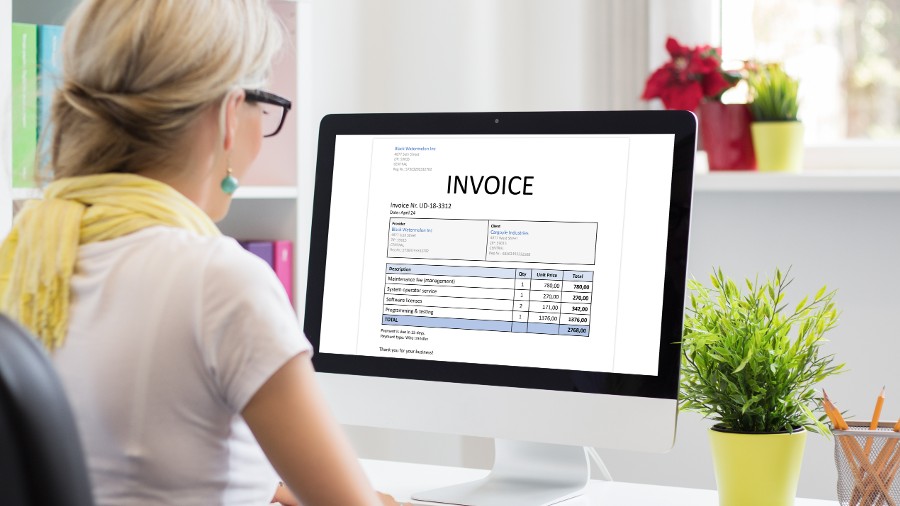Benefits of e-Invoices
e-Invoicing has many advantages for buyers and suppliers, including less manual work, fewer disputes, and improved cash flow. Here are benefits that e-invoicing has to offer:
Faster payments
e-Invoicing makes payment as easy as possible for customers. Many e-invoicing solutions include a ‘pay now’ option, which means the customer can pay their invoice with the click of a button.
On top of this, e-invoices transfers invoice data directly from computer to computer. This means there’s no middleman involved in getting the invoice from biller to sender, speeding up the payment process.
Improved security
e-Invoices are inherently more secure than paper or PDF invoices because they are sent directly from one accounting system to another, rather than through a separate channel like email. With Peppol, data is transferred through a network of approved service providers called 'access points'. This makes e-invoicing using the Peppol framework far more secure than invoicing via email or mail.
As a result, there is a reduced risk of phishing scams, fraud, and ransomware attacks. In addition, a built-in address database helps ensure that deliveries go to the correct recipient.
Automation
Because e-invoices are automatically generated, you don’t need to spend time manually creating and sending invoices each week or month. This can be a huge time-saver, particularly for business owners with a high volume of customers or orders that require separate invoices.
Improve efficiency
At least 90% of invoices in Australia are still created manually, whether entirely or partly. Manual invoicing requires a lot of time and effort. Suppliers must maintain records, generate invoices, and send them. This forces buyers to manually organise, scan, and rekey data into their own database or software.
With an e-invoice, however, the client just needs to approve the information already entered. As a result, approving a prearranged payment is as simple as clicking a button.
Reduce errors
To be valid and tax-compliant, an invoice must contain specific information such as:
- Contact information for both your business and your customer
- An itemised list of the products or services provided
- An invoice ID or invoice number
- Payment terms and due dates
- The total amount due, including any applicable tax like GST
This is a lot to think about and needing a human to input all the necessary details creates the potential for errors.
With e-invoices, businesses can automatically exchange invoices between their accounting systems, removing the need for manual data and minimising the chance of errors.


















